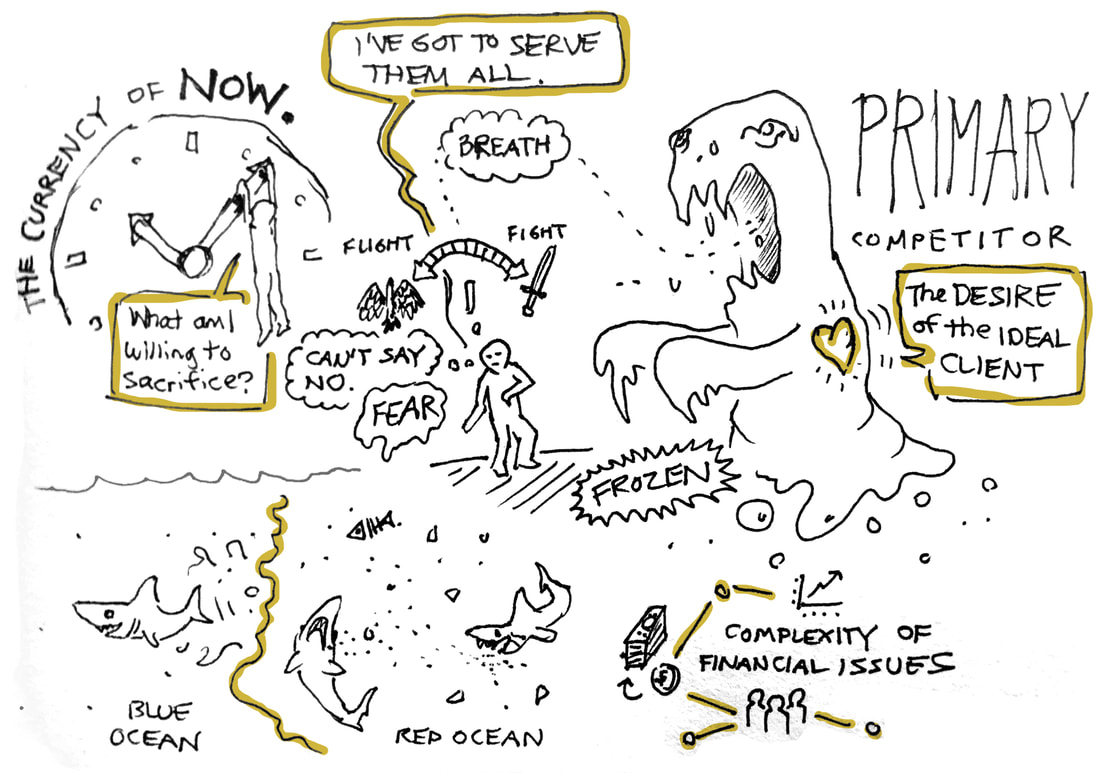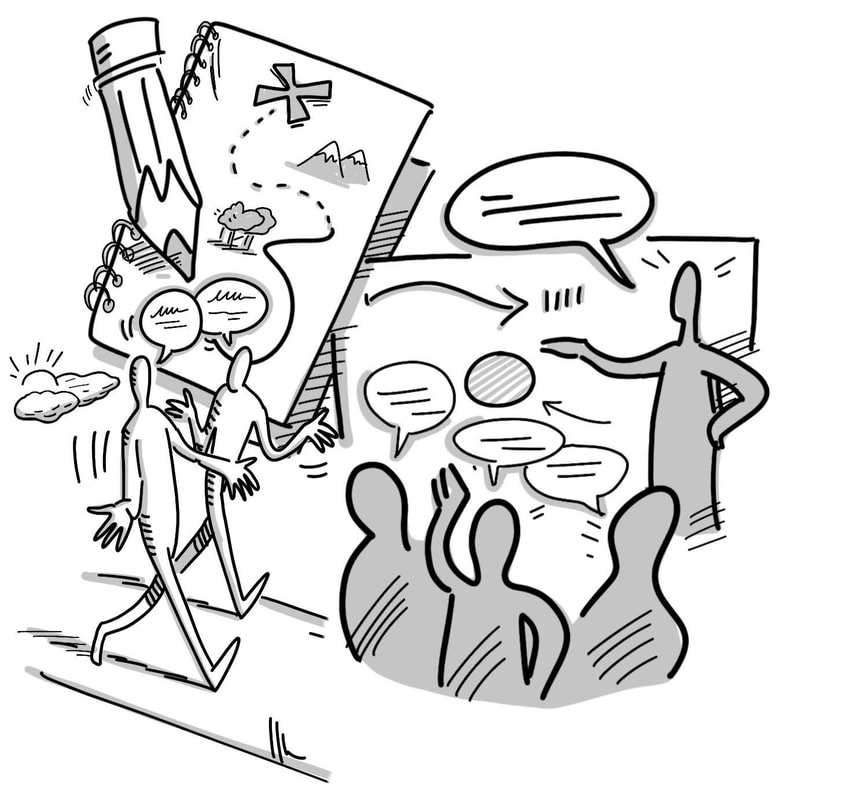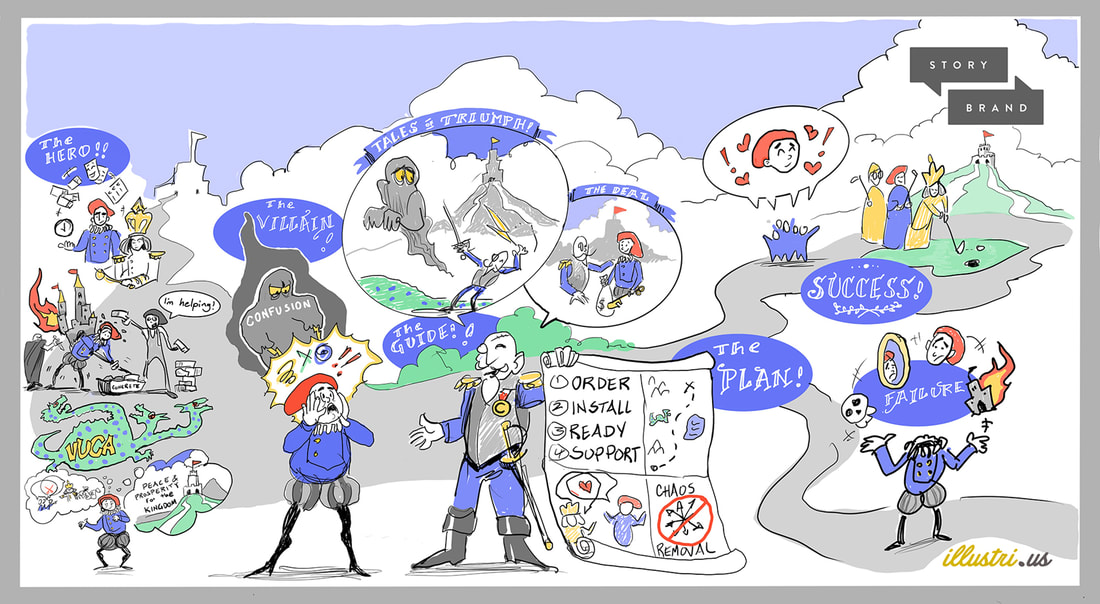|
In complex business environments, leadership cannot be off-boarded or outsourced. As leaders and executives, sometimes we blame the bad things happening around us on others, or the market, or circumstance.
Things like ineffective meetings, staff turnover, teams not hitting their goals, people holding back, lack of work/life balance, and not sticking to the strategy. These have nothing to do with other people and everything to do with the way you show up as a leader. It’s been said that “people don’t leave bad jobs, they leave bad managers.” The opposite is also true. People don’t follow ideas, they follow other people. Is your mission confusing and convoluted? Are there too many initiatives to remember? Have you made your vision of the future (and their role in it) crystal clear for the team? If not, chances are they will burn out. If they stop believing in your capacity to lead, you will no longer be their leader. No amount of bonuses or self-care days will undo it. Executives and leaders experiencing complexity and overwhelm can do two things to establish leadership in complex environments:
This alignment will look more like group storytelling than strategy. It will involve all of your people and involve them in visualizing things like retrospectives, journey maps, and cones of plausibility. Consider how the diversity of voices, perspectives and competencies you convene and empower today will impact, amplify, drive, or disrupt your work in the future. Visionary leaders prepare for this long tail and are able to manage the business along multiple horizons. The emotional benefits for leaders who can do this include:
Some measurable results we have seen in leaders and businesses that can enable this kind of thinking and behavior in those around them include:
As mentioned in our book, Visionary Leadership, these types of leaders are able to do three things well:
Raise more visual leaders. Celebrate them. Watch them shine.
0 Comments
It was 1995, and I was fresh out of high school. I had been a busboy, a bag boy, worked construction on and off as a mason’s assistant and labored in a fire sprinkler shop. It was time for me to buckle down and get a real job. I applied anywhere and everywhere. I wanted to be a graphic designer, and that's what I was studying in college, but I didn't have the experience.
Eventually, I was hired at the Florida Spine Institute as a medical transcriptionist. A family member must have pulled some strings as a favor. My words per minute wasn't the most impressive, but I managed to land the gig. My interviews went well, I had filled out my W-2 forms, I was placed in the system and told to report to work on Monday. I was all set to go. It was my first day on the job when I sat in front of a computer screen, received a pair of headphones and began to drown in a stream of surgical dictation. It wasn't long before my eyes began to sting and my brain began to slow down. I choked on the flood of foreign, multisyllabic words coming through the headset. So, I paused the recording and took a break. Next to the computer sat a blank yellow legal pad and a blue ballpoint pen. I had been doodling on that yellow legal pad for no more than 5 minutes (probably a skull, unicorn, dragon or something) when the supervisor walked up behind me. She came to a full stop, cleared her throat, and asked to see me in her office. Being caught doodling was a horrible feeling. The shame and remorse ran through my body. I was sure that I was to be reprimanded for the doodling. I was convinced that I would be scolded and asked to focus and promise not to do it again and put back out on the floor. But that's not what happened. The venetian blinds in the supervisor’s office were drawn, giving her a slight silhouette. She sat in an overstuffed leather chair at a huge wooden desk. On the desk was one of those green banker’s lamps. It was the first time I’d seen one of those in real life. She said, “We don't pay you to draw.” Then she took a deep breath and said that it wasn't “going to work out.” I was fired on the spot. And, it was baffling to me at the time. Part of me was shocked that there would be no second chance. Another part of me started to think that this was the way “grown-ups” in the “real world” operated. I feared this was the way adults did things – and that I wasn't ready for a real job. I began to think that there would never be a place for me in the workforce unless I stifled my creative side; that my creativity might be my handicap. Some people don’t recover from a soul-crushing brush with white collar corporate America. Some people allow the criticism of others to extinguish their spark. But, I knew that if I was to be successful and remain in integrity, I would need to either find a box to fit in that looked more like me or find a way to create my own. I vowed to find my tribe among creatives. I worked in music and PR and spent over a decade in media as a Marketing Director at a scrappy alternative news-weekly. Eventually, I landed a gig working for a consultant as a Graphic Recorder. I was paid to actually doodle in business meetings. At the consultancy, I was surrounded by people who harnessed creativity and play to drive business outcomes. We made a living by thinking outside the box. We sketched, doodled, mind mapped, and built analog prototypes using scissors and glue. We filled every bit of blank space on the walls with Post-its. Today, I own my own consultancy and have trained many facilitators to do what I do. At Illustrious, we enable the art of visual thinking and innovation. And no one gets fired for doodling. by Rachel Blasco
From updating your strategy to scaling your team, growth is change and change is hard. Visual Consultants are hired to “facilitate the organization to perceive, understand, and develop the organization’s business and human processes, in order for the client to improve the situation themselves, as they define it.” Visual Consultants work with clients to (quite literally) paint the picture their teams are trying to describe in vivid details that is clear and easy to understand. In other words, visual consultants are the map makers and cartographers for our ideas in order to define and put plans into actionable stories. Visual consulting is at its essence, storytelling. The practice developed out of the constant need for innovation in businesses that want to remain not only at the top of their game, but to continue to move the ball forward in their field. Visual consultants are at the intersection of three fields that have given rise to a new way of working: Visualization, dialogic practice, and change consulting. The outcome is both rewarding and inspiring to executives and teams alike. Visual storytellers and consultants both design and lead change in organizations and communities that may otherwise feel unmotivated or simply unclear on what the objectives and expected outcomes of the group may be. Ultimately, this is an orientation in process thinking and process leadership. So, clients seeking alignment on new visions, process transformation, innovation, culture change, and sustainable results get the results they are looking for in hiring a visual consultant to bring order to the chaos. Why Seeing is Believing In both high profile corporate coaching and small personal development circles, creating a clear picture around your goals and steps to get there is a central topic. Look at the vocal facilitators and consultants as pros at this. Navigating both verbal story and visual landscape, these experts bring design thinking and creativity to the gray landscapes of corporate agendas and enhance team enthusiasm and commitment. An article in Forbes, Neuroscience Explains Why You Need To Write Down Your Goals If You Actually Want To Achieve Them, discusses the research behind describing or picturing goals and the strong association with goal success; and, people who very vividly describe or picture their goals are anywhere from 1.2 to 1.4 times more likely to successfully accomplish what they set out to do. Think about visual facilitation and storytelling as the map to your destination. It’s much easier to get to where you are going if you have a better picture of what to expect or look for. It helps our monkey brains process more efficiently, and focus on what matters. If you are experiencing the following, you may need someone to consult with on your vision, culture, story or strategy. Some of the main complaints among brands and businesses that would benefit greatly from visual consultants are:
With all of this in mind, and especially if you are experiencing any of these issues, it makes sense to hire visual consultants to facilitate innovation workshops and improve overall team output and performance while defining what the next chapter of your business will look like. If you still don’t know where to start or what this might look like for your organization, we’d be happy to schedule a quick 30-minute call. When I use the customer journey mapping process to aid clients in their sales and marketing efforts (i.e. a framework like StoryBrand), we place their ideal client in the center of the story.
They are the hero and protagonist who has embarked on a quest to solve their problems (internal, external or philosophical). We identify a villain — someone or something that stands in their way and thwarts their progress at every turn. And, we are their guide (Yoda, Gandalf, The Scarecrow or Glinda the Good Witch). When they finally overcome this villain to claim ultimate victory and the gift of achievement, we have helped them up the mountaintop and filled them with the power and confidence to stand with one foot on the belly of the dragon and hold their sword to the sky. To move our potential customers from the safety and warmth of their hearth and up this treacherous mountainside, we may feel the need to shy away from such polarizing language when addressing them. We might think they need to be gently coaxed into a place of safety — lured into a cave and given the plan or solution in secret. In reality, our hero has been waiting for years for someone (a guide) to come along that has the courage to speak to her in such polarizing language — a language that draws a stark relief between what she’s afraid of and what’s truly at stake and what she stands to win. Identifying the villain — and what success will look like — allows us to plug simple, yet mythic and powerful words into formulas like the ones below that speak directly to the heart of our ideal client. The formulas are quite simple. Formula 1: Kill / Claim - This one uses the “k” sound to create an alliteration. The inputs should be short and use rhyming and/or rhythm to create a brief, memorable statement. Formula 2: Slay / Step Into - This one relies on the “s” sound and uses the mythic term “slay” in place of “kill.” Here are a few case studies, based on some of my past sessions: Example #1 A corporate innovation company that helps other businesses think ten steps ahead. They have identified as their villain the “Prime Movers” — those who are first to market. Their success looks like a prominent place in their chosen market segment. For them: Slay the competition. Step into your position. Example #2 A sales-based insurance company whose villain is the gray, shadowy, “big bad wolf” that threatens the safety of the community. Success looks like them being perceived as the trusted advisor, providing safety and shelter through the mitigation of risk. For them: Kill your monsters. Claim peace of mind. Example #3 A coaching program that encourages therapists to leave behind the clinical 1:1 practice model, become entrepreneurs and launch a group coaching business. The villain that terrorizes their (primarily female) protagonist is self-doubt and the fear of the unknown. Success looks like the fulfillment of a career they knew they were destined for. For them: Slay the unknown. Step into the light. Or, more boldly, and my favorite: Kill your fears. Claim your future. Copy like this is perfect for headlines in blog or social posts, webinar or workshop titles, or display ads. It serves to address their needs/pains and immediately begins to position you as the guide who is empathetic and demonstrates the authority to lead them on their quest. You can start today by using more bold, direct language with your potential customers. Watch how they react and respond. Measure how much faster they move up the mountain. And let me know the results. If you’re interested in what a StoryBrand or business coaching session can do for you, e-mail me at [email protected] to schedule a discovery call. |
Details
ABOUT THE AuthorJoran Slane Oppelt is an international speaker, author and consultant with certifications in coaching, storytelling, design thinking and virtual facilitation. Archives
March 2024
Categories
All
|





 RSS Feed
RSS Feed